You may not realize it, but web accessibility is a critical factor in the success of affiliate sites. Ensuring that all users, including those with disabilities, can easily navigate and interact with your site is not only the right thing to do, but it can also greatly enhance your site’s visibility and reach. In this article, we will explore the importance of web accessibility for affiliate sites and provide practical tips on how to improve it. Whether you are a seasoned affiliate marketer or just starting out, this article will equip you with the knowledge and tools to make your site more accessible to all users.
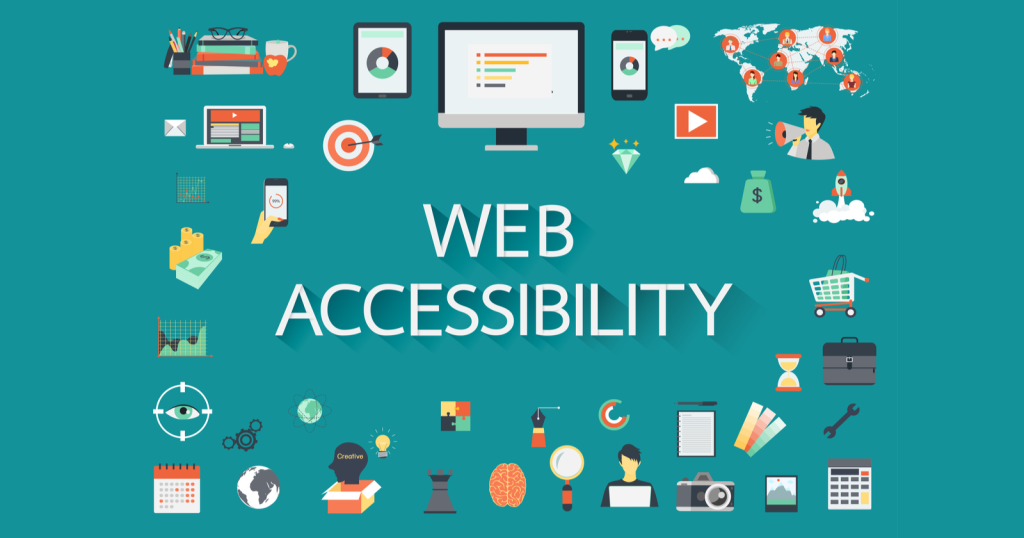
This image is property of www.searchenginejournal.com.
Understanding Web Accessibility
Why web accessibility is important
Web accessibility is crucial because it ensures that people with disabilities can access and use websites effectively. It is estimated that around 15% of the global population has some form of disability, which emphasizes the importance of making websites accessible to all. By improving web accessibility, you are not only providing equal opportunities for individuals with disabilities but also enhancing the user experience for all visitors.
What is web accessibility
Web accessibility refers to the design and development of websites that can be used by people with disabilities. It involves removing barriers and providing equal access to information, functionality, and services. Web accessibility is not limited to individuals with visual impairments but should aim at accommodating a range of disabilities such as hearing impairments, motor disabilities, cognitive impairments, and more.
Legal requirements for web accessibility
In many countries, there are legal requirements and regulations when it comes to web accessibility. For example, in the United States, the Americans with Disabilities Act (ADA) mandates that websites should be accessible to people with disabilities. Failure to comply with these legal requirements can result in lawsuits, penalties, and damage to a company’s reputation. It is important for affiliate sites to stay informed about the legal obligations related to web accessibility to avoid any potential risks or liabilities.
Challenges of Web Accessibility for Affiliate Sites
Lack of control over the main website
Affiliate sites often face the challenge of limited control over the main website they are affiliated with. This poses difficulties in implementing web accessibility features since they might not have the authority to make significant changes. However, affiliate site owners should communicate their concerns with the main website and advocate for the importance of web accessibility. Collaboration and cooperation between affiliate sites and their partners can help address this challenge effectively.
Dependency on third-party tools and widgets
Another challenge affiliate sites face is the dependency on third-party tools and widgets, which may not always be accessible by default. These tools are often used for various functionalities such as displaying advertisements, tracking analytics, or providing additional features. Affiliate site owners should ensure that the third-party tools they integrate into their websites are also accessible. They can assess the accessibility features of these tools before implementation or request accessibility improvements from the tool providers.
Customization limitations
Affiliate sites often rely on pre-designed templates or themes provided by the main website or affiliate program. These templates may have limited customization options, making it challenging to implement web accessibility features. In such cases, affiliate site owners should strive to select accessible templates or themes right from the start. They can also work with developers or designers to customize the templates or themes to meet web accessibility standards.
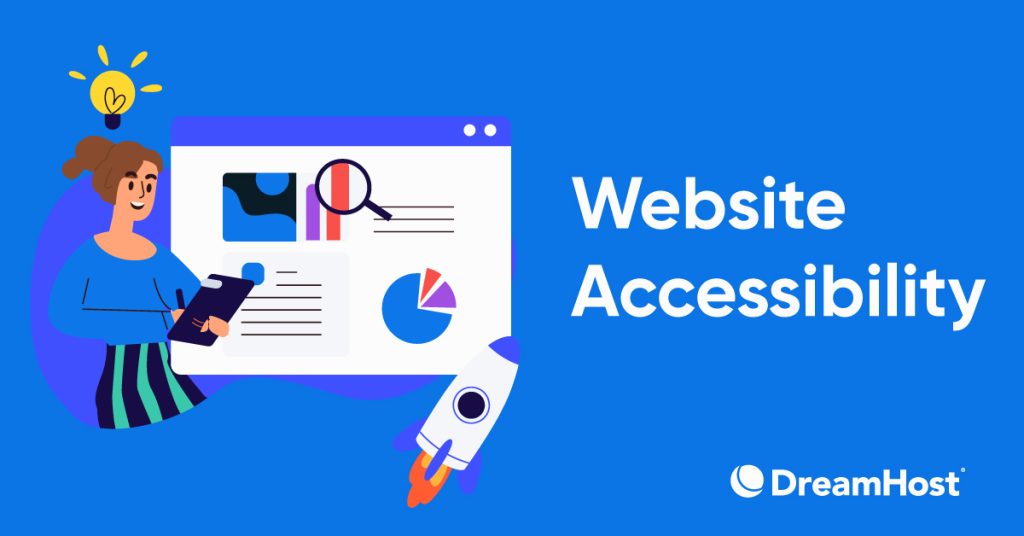
This image is property of www.dreamhost.com.
Key Principles of Web Accessibility
Perceivability
Perceivability refers to ensuring that the content on a website can be perceived by all users, regardless of their disabilities. This includes providing alternative text for images, captions or transcripts for audio and video content, and using clear and visible link text. It is important to make sure that all users can perceive and understand the information presented on the website.
Operability
Operability deals with making the website easy to operate and navigate for all users, including those with disabilities. This involves providing keyboard navigation options, ensuring that clickable elements are large enough and easy to access, and avoiding design elements that may cause confusion or frustration for users who rely on assistive technologies. Making the website operable for all users enhances the overall user experience.
Understandability
Understandability focuses on presenting content and functionality in a clear and concise manner, making it easier for all users to comprehend and navigate the website. This principle includes using plain language, organizing the content in a logical manner, and providing clear instructions, error messages, and warnings. By improving understandability, users with disabilities can navigate and use the website more effectively.
Robustness
Robustness refers to creating websites that can adapt and withstand different technologies, devices, and future developments. This principle ensures that the website remains accessible even with changing technologies and advancements. Using standardized code, following best practices, and conducting regular accessibility testing are some ways to ensure the website’s robustness.
Best Practices for Web Accessibility
Use accessible website templates and themes
Selecting an accessible template or theme for your affiliate site is an essential first step in improving web accessibility. Look for templates that comply with accessibility standards and include features like proper heading structure, alt text support for images, and keyboard-friendly navigation options. By starting with an accessible foundation, you can build a more inclusive website.
Ensure proper alt attributes for images
Adding alternative text (alt text) to images is crucial for users with visual impairments who rely on screen readers. Alt text should provide a concise and descriptive explanation of the image, ensuring that users understand the content even without visual cues. Make sure to include alt text for all relevant images on your affiliate site.
Provide clear and well-structured headings
Headings are essential for organizing content and providing structure to your website. Use hierarchy by properly nesting headings from h1 to h6, ensuring that they convey the logical flow of information. Clear and descriptive headings make it easier for users to navigate the site and understand the content.
Include text transcripts for audio and video content
For audio and video content on your affiliate site, provide text transcripts or captions to make them accessible to users with hearing impairments or those who prefer text-based content. Transcripts allow users to read the content instead of relying solely on audio or video elements, making your site more user-friendly and inclusive.
Ensure keyboard-friendly navigation
Many users rely on keyboard navigation instead of a mouse or other pointing devices. Ensure that all interactive elements, such as buttons, links, and forms, can be easily accessed and operated using the keyboard alone. Test your site’s accessibility by navigating solely using the tab key to ensure a smooth user experience for keyboard users.
Use color contrast for legibility
Consider the color contrast between text and background elements to make sure that content is easily readable for users with visual impairments. Use a color contrast checker to ensure sufficient contrast and avoid blending text with background colors or images. A high contrast ratio enhances the readability of the content for all users.
Make forms and input fields accessible
Forms and input fields should be designed with accessibility in mind. Provide clear labels and instructions for each input field, and ensure that error messages are clearly associated with the appropriate field. Implement proper validation and provide feedback to help users understand and complete the form successfully.
Avoid reliance on JavaScript for critical functionality
Some users may have JavaScript disabled or may rely on assistive technologies that do not fully support JavaScript. Avoid relying solely on JavaScript for critical functionality on your affiliate site. Ensure that essential features, such as navigation and form submission, still work without JavaScript, providing a seamless user experience for all visitors.
Test accessibility with assistive technologies
One of the best ways to ensure web accessibility is by testing your site with assistive technologies such as screen readers, keyboard navigation, and voice recognition software. This helps identify any accessibility barriers and allows you to make necessary adjustments for optimal accessibility. Engage users with disabilities in the testing process to gain valuable feedback.
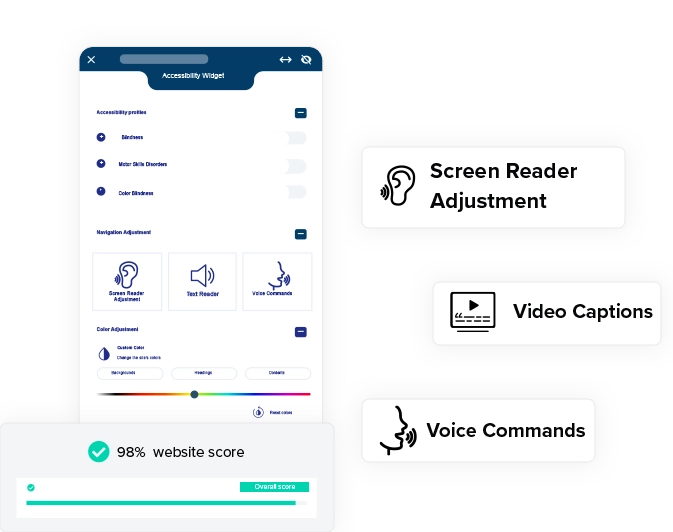
This image is property of www.equalweb.com.
Specific Considerations for Affiliate Sites
Selecting accessible affiliate programs
When choosing affiliate programs to join, consider the accessibility of their websites. Look for programs that prioritize web accessibility and have taken steps to ensure an inclusive user experience. By aligning yourself with accessible programs, you demonstrate your commitment to web accessibility and improve the overall accessibility of your affiliate site.
Providing accessible product information
Affiliate sites often promote various products or services. Ensure that the product information you provide is accessible to a wide range of users. Use clear and descriptive language, provide alternative formats for product descriptions (such as text transcripts for videos), and consider providing multiple options for accessing information, such as text and audio formats.
Avoiding inaccessible marketing tactics
Be conscious of the marketing tactics you employ on your affiliate site. Some techniques, such as using flashing or rapidly changing content, may trigger seizures or cause discomfort for users with photosensitivity or cognitive impairments. Strive to create inclusive and accessible marketing strategies that are sensitive to the needs of all users.
Utilizing Assistive Technologies
Screen readers
Screen readers are software programs that read out the contents of a web page, enabling users with visual impairments to access and navigate websites. By adding alternative text to images, properly structuring headings, and using semantic markup, you ensure that screen readers can accurately convey the information on your affiliate site.
Keyboard navigation
Keyboard navigation is essential for users who rely on keyboards or other assistive devices instead of a mouse. Ensure that all interactive elements and functions on your affiliate site can be accessed and operated using keyboard commands alone. By implementing keyboard accessibility, you enable users to navigate through your site effectively.
Voice recognition software
Voice recognition software allows users to control computers or devices through voice commands. Ensure that your affiliate site’s functionality is compatible with voice recognition software, allowing users with mobility impairments or certain disabilities to navigate your site and access its content effectively.
Accessible mobile devices
Many individuals with disabilities rely on mobile devices to access the internet. Ensure that your affiliate site is mobile-friendly and compatible with assistive technologies commonly used on mobile devices. Test your site’s accessibility on various mobile devices and consider specific accessibility features such as enlarged text, speech recognition, and screen reader compatibility.
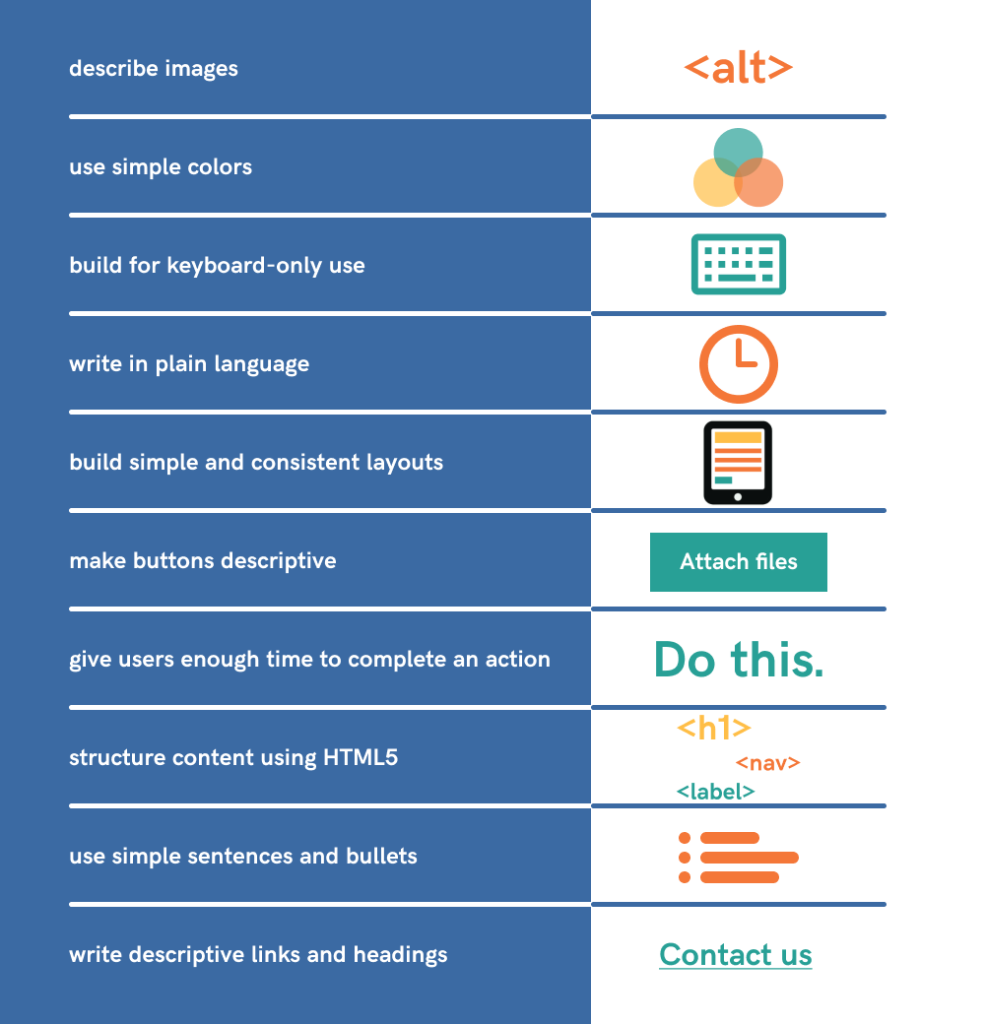
This image is property of pixelplex.io.
Tools and Resources for Web Accessibility
Web Content Accessibility Guidelines (WCAG)
The Web Content Accessibility Guidelines (WCAG) provide a set of guidelines and standards for creating accessible web content. Familiarize yourself with the WCAG to understand the requirements and best practices for web accessibility. The guidelines are widely recognized and offer valuable insights into making your affiliate site accessible.
Accessibility evaluation tools
Accessibility evaluation tools help identify accessibility issues on your affiliate site and provide suggestions for improvement. Tools like WAVE (Web Accessibility Evaluation Tool) and Axe can scan your site for accessibility barriers and provide detailed reports on areas that need attention. Regularly use these evaluation tools to ensure ongoing accessibility improvements.
Online accessibility checkers
Online accessibility checkers allow you to test your affiliate site’s accessibility by simulating various disabilities and assistive technologies. These tools provide real-time feedback and suggestions for improving accessibility. Popular online accessibility checkers include aCe, Color Contrast Analyzer, and WebAIM’s Contrast Checker.
Developer resources and guidelines
Various developer resources and guidelines are available that provide detailed information on implementing web accessibility. W3C’s Web Accessibility Initiative (WAI) provides extensive developer resources, including techniques, best practices, and tutorials for creating accessible websites. Familiarize yourself with these resources to gain a deeper understanding of web accessibility.
Web accessibility communities and forums
Engaging with web accessibility communities and forums allows you to connect with other professionals and enthusiasts who are passionate about web accessibility. These communities provide a platform for sharing knowledge, best practices, and discussing challenges related to web accessibility. Participate in these communities to stay updated and learn from others’ experiences.
Benefits of Improving Web Accessibility
Enhanced user experience for all visitors
Improving web accessibility not only benefits individuals with disabilities but also enhances the overall user experience for all visitors. By providing accessible and inclusive content, features, and functionality, you create a positive and user-friendly environment that can lead to increased engagement and satisfaction.
Improved search engine optimization (SEO)
Web accessibility and search engine optimization (SEO) go hand in hand. Many accessibility practices, such as using proper headings, adding alt text to images, and providing clear and descriptive content, also contribute to better SEO. By making your affiliate site more accessible, you can potentially improve its visibility and ranking in search engine results.
Increased conversion rates and revenue potential
By improving web accessibility, you create a more inclusive environment for potential customers, boosting their confidence in your affiliate site and the products or services you promote. When users have a seamless and accessible experience, they are more likely to convert and make purchases, ultimately increasing your revenue potential.
Mitigation of legal risks
Adhering to web accessibility guidelines and requirements helps mitigate legal risks associated with non-compliance. By prioritizing web accessibility for your affiliate site, you reduce the likelihood of facing legal action, penalties, and the negative publicity that can arise from accessibility-related issues. Compliance with legal requirements also demonstrates your commitment to inclusivity and social responsibility.
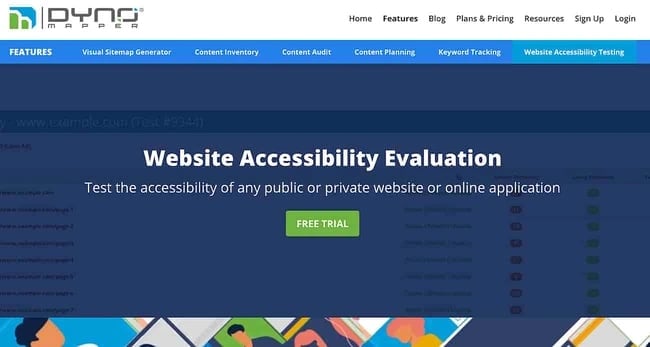
This image is property of blog.hubspot.com.
Conclusion
The importance of web accessibility for affiliate sites cannot be overstated. By understanding the principles and best practices of web accessibility, you can create a user-friendly, inclusive, and compliant affiliate site. Overcoming the challenges, utilizing assistive technologies, and staying informed about the latest tools and resources are vital for ensuring continuous improvements in web accessibility. Prioritizing web accessibility not only benefits individuals with disabilities but also enhances the user experience, increases revenue potential, and mitigates legal risks. Continuous efforts to improve web accessibility are essential to create a more inclusive online environment.







